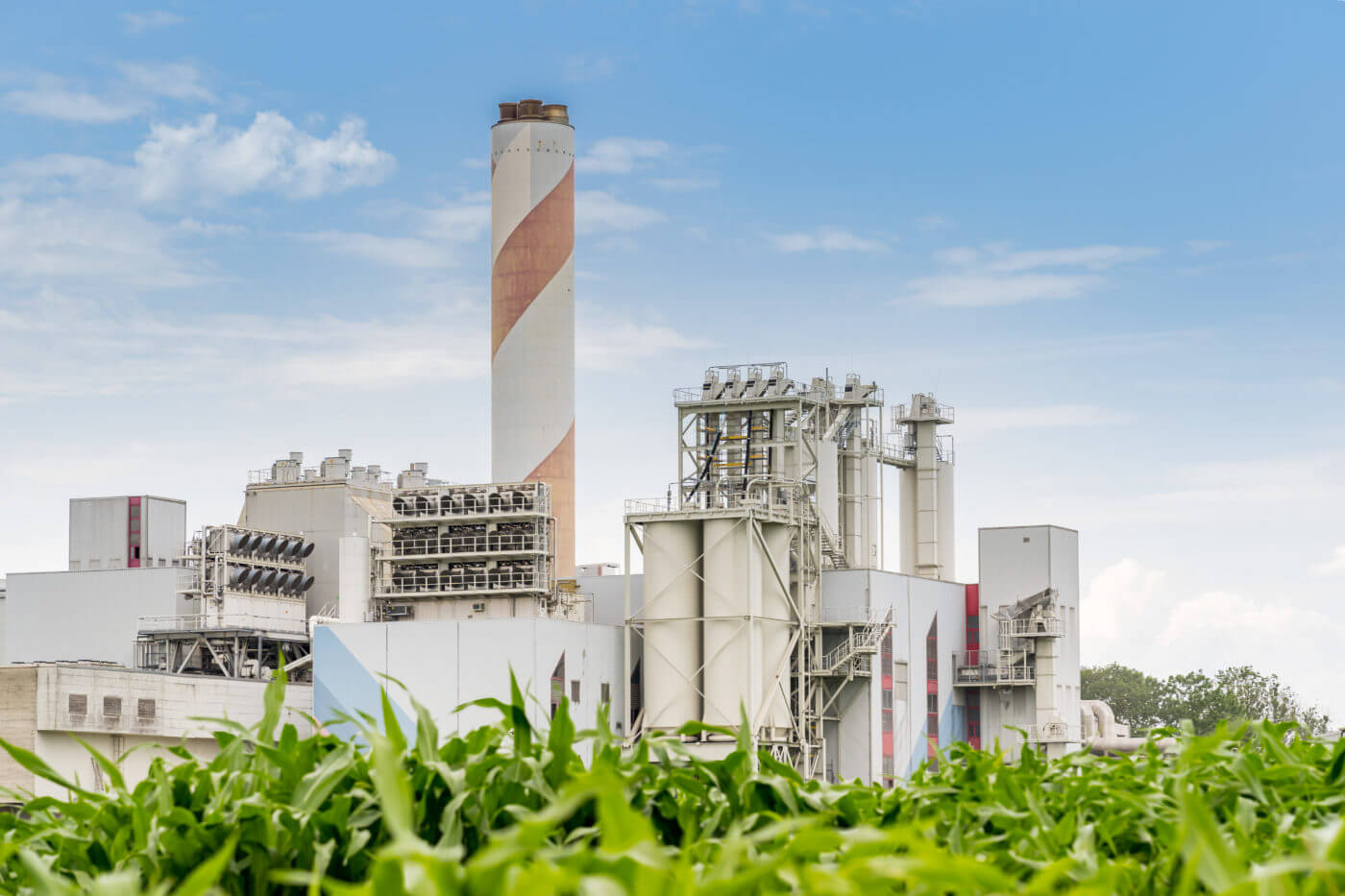
GAO report highlights the importance of DOE carbon capture and storage demonstration funding
Successfully implementing the recently passed Infrastructure Investments and Jobs Act (IIJA) could be one of the most important steps the U.S. takes to address climate change. The mission is clear. Over the next five years, multiple government agencies must dispense billions of dollars to deploy vital technologies to help the U.S. reach its Nationally Determined Contribution: “an economy-wide target of reducing its net greenhouse gas emissions by 50-52 percent below 2005 levels in 2030.”
This challenge is ambitious, and the IIJA just invested in a robust set of tools to put us on a solid path to turn that ambition into action. Among the climate and energy provisions in the IIJA are $12.1 billion for carbon management technologies. Of the $12.1 billion, $2.54 billion is appropriated for carbon capture and storage (CCS) demonstration projects between FY22-FY25.
To aid the DOE’s mission of maximizing its return-on-investment in carbon capture demonstration funding, the Government Accountability Office (GAO) just published a report titled “Carbon Capture and Storage: Actions Needed to Improve DOE Management of Demonstration Projects.” The GAO used its report to examine the outcomes of the $1.1 billion that the DOE spent on carbon capture demonstrations funded from the American Recovery and Reinvestment Act of 2009 (ARRA).
While some have been quick to cast this report as a condemnation of carbon capture, the actual figures tell a more nuanced story, and reveal a clear need for an improved federal policy landscape.
According to the GAO report, 97% of the spending on industrial demonstration projects went to successful projects that are still operating today — Archer Daniels Midland and Air Products. However, only one of eight coal projects with carbon capture went into operation. Including the coal plant carbon capture results, 56% of the total $1.1 billion went to successful projects. Most coal power demonstrations were canceled during planning because they couldn’t secure outside investor support. The results underscore that without robust federal policy that creates market incentives for carbon capture, funding for carbon capture demonstrations falls short of what’s needed to reach the scale necessary to help the U.S. achieve its Nationally Determined Contribution.
To understand why some projects didn’t succeed where others did, it’s important to remember the cost of carbon capture varies with the application. Carbon capture is more expensive for coal or gas power plants because the CO2 concentration in the flue gas is dilute.
The table below shows this relationship.

Like the development of the wind and solar industries and climate technologies in general, most carbon capture projects must rely on a clean energy tax credit – 45Q – to attract investor support and to make economic sense. During the period that the GAO studied, the value of 45Q set by Congress was only $20 per tonne for saline storage and $10 per tonne for EOR, meaning that most coal carbon capture projects funded by the American Recovery and Reinvestment Act were hobbled right out of the gate. In 2018, Congress raised the value of 45Q to $50 per tonne for saline storage. But as the table above shows, Congress must increase the credit to $85 per tonne as envisioned in the Build Back Better Act to make many industrial and power projects viable. DOE grants with higher 45Q levels can make many more pioneer projects succeed when they were sure to fail for lack of support in the past.
A second concern Congress must address is providing more flexibility to DOE to manage funds. DOE focused so heavily on carbon capture at coal plants because Congress directed DOE to do so. The Clean Coal Power Initiative that funded early carbon capture projects didn’t give DOE flexibility to support carbon capture on natural gas power plants even as gas prices fell from $12/MMBtu to $3/MMBtu. With greater flexibility, DOE management could have more easily broadened the basket of potential carbon capture projects to include ones that were more immune to the market forces that impacted coal.
For this report, Congress tasked GAO with a narrow objective, to “review DOE’s practices, successes, failures, and any improvements in executing CCS demonstration projects.” The GAO’s two primary recommendations are reasonable. They suggest choosing projects on a “down select” basis, measuring future CCS against “established scopes, schedules, and budgets,” and that Congress should require “regular DOE reporting on project funding and status-to provide greater oversight and accountability.”
But Congress must go beyond GAO’s recommendations for success with future carbon capture projects, including those under the IIJA. In order to advance carbon capture to reach the scale needed to address climate change and meet U.S. climate goals, Congress must:
- Pass the 45Q enhancements in the Build Back Better Act, and
- Pair greater oversight and accountability as described by GAO with more flexibility so DOE can adapt programs to new circumstances including changing market conditions, rising inflation, and technology performance improvement
If DOE successfully implements the IIJA funds, and Congress passes the climate provisions in the Build Back Better Act with enhancements to 45Q, it will go a long way to helping the U.S. reach its Nationally Determined Contribution in the next nine years as well as continue to uphold the DOE’s status as a world leader in clean energy innovation. Carbon capture technology works. The need for it is clear. And the GAO report shows both where things stand now and what’s possible in the future under improved policy conditions.




